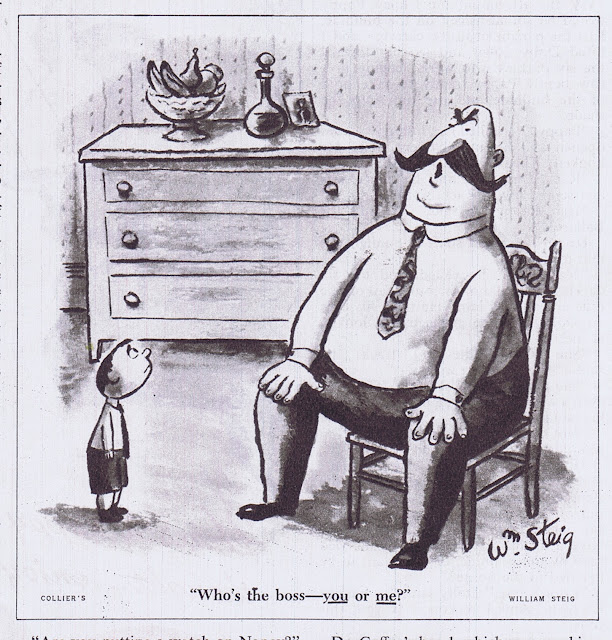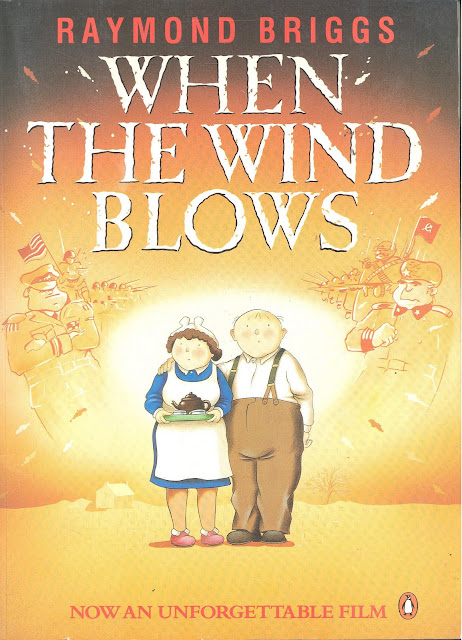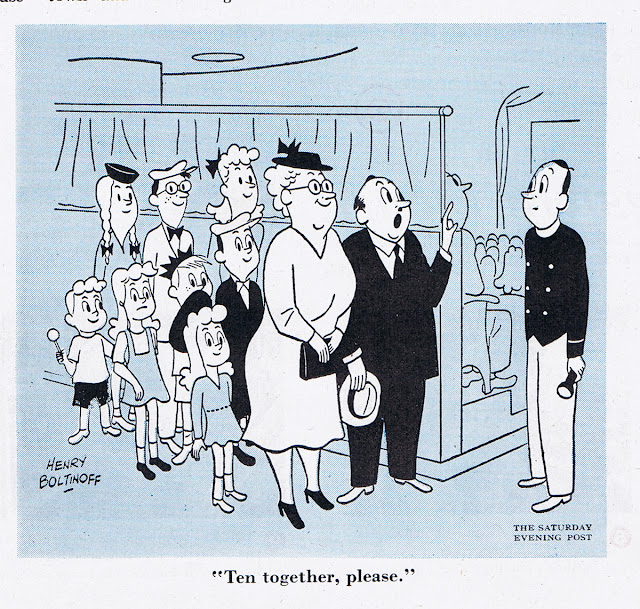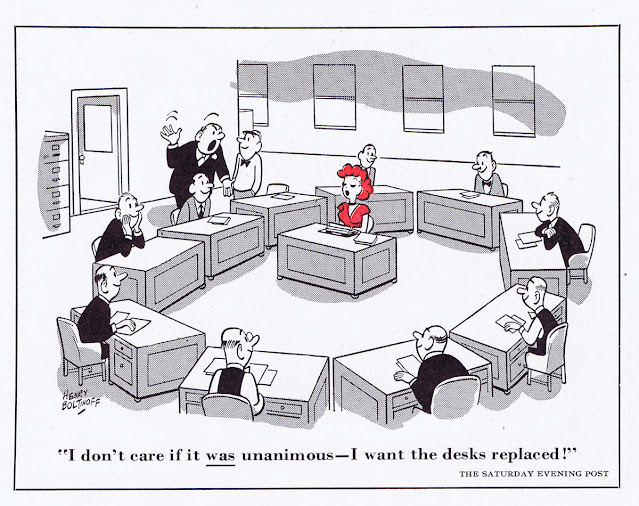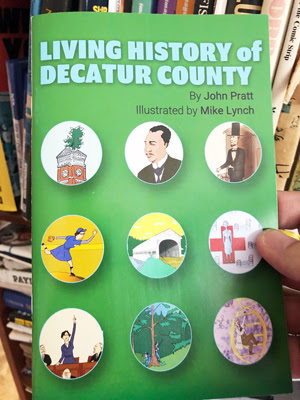There is a wall between the world of comic books and the world of magazine cartoons. Certain people draw comic books, certain others draw single panel cartoons. Almost never the twain. One exception is Harry Lampert, who created the golden age Flash character for DC Comics (Then called National Periodical Publications.) and, when the comic book business took a hit in the 1950s, he began drawing gag cartoons. And there's another exception. Someone who did comic books and magazine cartoons and newspaper panels all at the same time. That's Henry Boltinoff.
Dick Buchanan shares some biographical information about this prolific cartoonist and, of course, his magazine cartoons. Take it away, Dick!
----
HENRY BOLTINOFF
(1914 – 2001)

Boltinoff was one cartoonist who actually looked like a cartoon character. This self-portrait is from Best Cartoons of the Year 1947, Crown Publishers, New York.
Henry Boltinoff was a terrific cartoonist whose work in appeared newspapers, magazines and comic books. He was born in New York City and attended high school with future cartoonists Ben Roth and George Wolfe.
Boltinoff began his career as a teenager, drawing for the theater section of the New York American. In the late 1930’s, due to the encouragement of Wolfe and Roth, he began drawing magazine gag cartoons. In the early 1940’s he was married and about to become a father. Knowing a freelance career was a precarious one, he decided to find regular work. He found it with National Periodicals, drawing full page and half page fillers for their comic books. The first filler was Dover & Clover, which appeared in the November, 1943 edition of More Fun Comics. An astounding number of features followed. Casey the Cop, Cora the Carhop, Varsity Vic, Lefty Looie, Abdul the Fire Eater, Professor Eureka, Little Pete, Sagebrush Sam, and Tricksy the World's Greatest Stunt Man are but a few of the features which amused DC comic book readers over the years.
While toiling for DC Boltinoff continued to draw gag cartoons for both magazines and newspapers. He was a regular contributor to newspaper syndicated gag panels This and That (George Adams Syndicate) Laff-A-Day (King Features) and This Funny World (McNaught). His cartoons appeared in most of the day’s leading publications, The Saturday Evening Post, Look, Collier’s, This Week, American Legion Magazine, Ladies Home Journal, Judge, Look, Boys Life and 1000 Jokes Magazine.
In 1960 Boltinoff began drawing the one-panel gag cartoon series “Stoker the Broker” which appeared on the financial pages of various economical publications, syndicated by Columbia Features and the Washington Star Syndicate. Boltinoff perhaps is best remembered for the syndicated feature Hocus Pocus, a clever strip syndicated by King Features, featuring two similar panels. Readers were challenged to find a least six differences. In 1981, he was the recipient of the National Cartoonists Society’s Newspaper Panel Cartoon Award.
Here is a teensy-tiny collection of some of Henry Boltinoff’s many magazine gag cartoons. Take a look . . .
1. Collier’s October 11, 1941.
2. Collier’s August 14, 1943.
3. American Magazine November, 1944.
4. Collier’s February 26, 1944.
5. The Saturday Evening Post August 25, 1945.
6. Liberty August 18, 1945.
7. Collier’s July 20, 1946.
8. Collier’s October 5, 1946.
9. Liberty October, 1947.
10. American Legion Magazine January, 1948.

11. American Magazine October, 1949.
12. The Saturday Evening Post May 14, 1949.
13. Collier’s June 17, 1950.
14. Collier’s August 12, 1950.
15. The Saturday Evening Post December 20, 1952.
16. The Saturday Evening Post November 21, 1953.
17. The Saturday Evening Post July 10, 1954.
18. The Saturday Evening Post December 25, 1954.
19. Look Magazine December 13, 1955.
20. Collier’s November 9, 1956.
Related:
Henry Boltinoff: Gag Man to DC Comics



